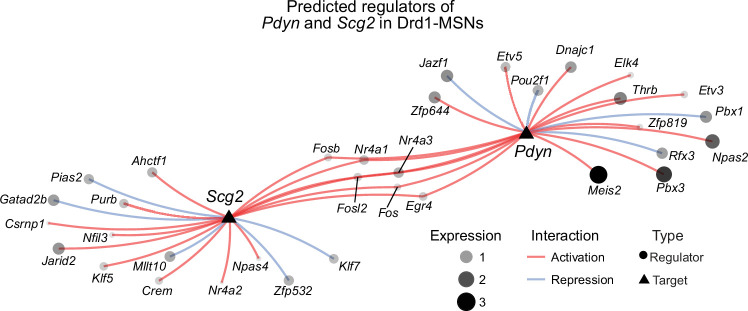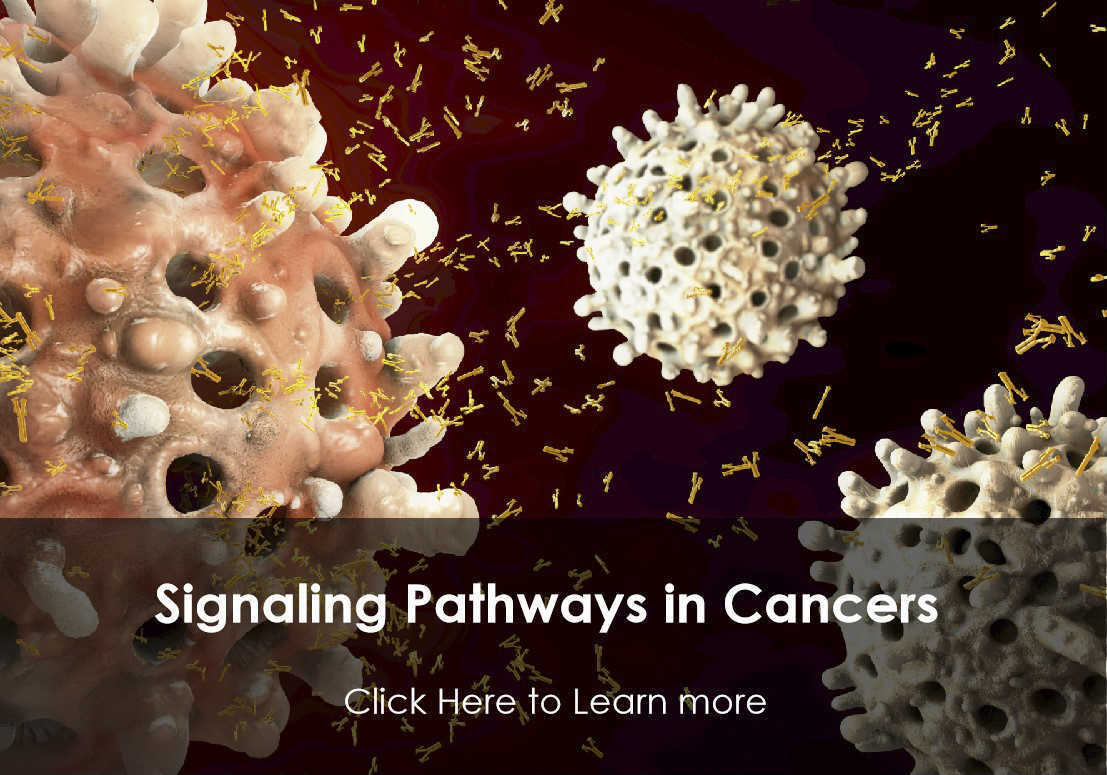PDYN Antibodies
Background
The PDYN gene encodes proenkephalin, a neuropeptide precursor molecule mainly distributed in the central nervous system and endocrine tissues. After proteolytic treatment, this gene can generate a variety of active neuropeptides, including endorphins and neopendorphins. These peptides can participate in physiological processes such as pain regulation, stress response and reward mechanism by acting on κ -opioid receptors. Studies have shown that PDYN plays a key role in maintaining neuroendocrine balance, and its abnormal expression is closely related to various pathological conditions such as neuropathic pain, drug addiction and mental disorders. This gene was completely sequenced in 1982. The discovery of the dynamic methylation pattern in its promoter region provided an important model for the study of epigenetic regulation of neuropeptide expression and has a continuous promoting effect on understanding the biosynthesis of neuropeptides and their molecular mechanisms in behavioral regulation.
Structure of PDYN
The proenkephalin encoded by the PDYN gene is a medium-sized neuropeptide precursor protein with a molecular weight of approximately 27-29 kDa. This protein shows obvious sequence differences among different species, which directly affect its proteolytic processing efficiency and the composition of active neuropeptides.
| Species | Human | Mouse | Rat | Bovine | Rhesus monkey |
| Molecular Weight (kDa) | 28.5 | 27.8 | 27.9 | 28.2 | 28.4 |
| Primary Structural Differences | Containing 256 amino acids, containing multiple proteases cut site | The Leu-Enkephalin sequence region is conserved | The enkephalin A sequence is highly conserved | The C-terminal extension sequence is different | 90% homology to humans |
Prophorphin is composed of 256 amino acids, and its primary structure contains multiple conserved functional domains: N-terminal signaling peptide, phorphin A (1-17), phorphin B (1-29), and active fragments such as α -neoendorphin. These regions are separated by paired basic amino acid protease cleavage sites (KR, RR), forming a modular structure. The three-dimensional conformation of the protein presents a flexible and disordered feature, and its C-terminal region can form an amphiphilic α -helix. This structural characteristic facilitates its specific recognition and efficient cleavage with membrane-bound proteases, thereby releasing neuropeptides with opioid activity.
 Fig. 1 Predicted regulators of Pdyn and Scg2 in Drd1-MSNs.1
Fig. 1 Predicted regulators of Pdyn and Scg2 in Drd1-MSNs.1
Key structural properties of PDYN:
- Linear precursor proteins composed of multiple domains
- Paired basic amino acid protease cleavage site (KR/RR)
- Multiple conserved active neuropeptide sequence modules
- The C-terminal region can form an amphiphilic α -helix
Functions of PDYN
The main function of the protein encoded by the PDYN gene is to serve as a precursor molecule of endogenous opioid peptides. However, it is also involved in the regulation of various neurophysiological processes, including stress responses and reward mechanisms.
| Function | Description |
| Synthesis of neuropeptides | Dynorphin, neoendorphin and other active neuropeptides were produced by proteolytic hydrolysis, which are natural ligands of κ-opioid receptors. |
| Pain regulation | By activating central κ-opioid receptors, it participates in the inhibitory regulation of pain information processing. |
| Stress adaptation | Dynamically regulate gene expression under acute and chronic stress conditions to maintain neuroendocrine homeostasis. |
| Regulation of reward behavior | Through the mesolimbic system pathway, it affects the release of dopamine and regulates drug addiction and natural reward behavior. |
| Motor coordination | The neural regulatory process involved in motor function in the substantia nigrostriatum pathway. |
Neuropeptides derived from PDYN have unique signal transduction characteristics compared with μ -type opioid receptor ligands, and their functional diversity reflects the key role of the neuropeptide system in integrating behavior and physiological responses.
Applications of PDYN and PDYN Antibody in Literature
1. Phillips, Robert A., et al. "Temporally specific gene expression and chromatin remodeling programs regulate a conserved Pdyn enhancer." Elife 12 (2023): RP89993. https://doi.org/10.7554/eLife.89993
The article indicates that after neuron activation, the transcription factors encoded by genes in the early and immediate stage can drive chromatin remodeling and enhance the openness of distant genomic regions. The research identified a conserved enhancer regulating the opioid neuropeptide gene Pdyn, which is essential for PDYN transcription and is expected to become a therapeutic target for related brain diseases.
2. Yáñez-Gómez, Fernando, et al. "Regulation of cortico-thalamic JNK1/2 and ERK1/2 MAPKs and apoptosis-related signaling pathways in PDYN gene-deficient mice following acute and chronic mild stress." International journal of molecular sciences 24.3 (2023): 2303. https://doi.org/10.3390/ijms24032303
Research has found that knocking out the PDYN gene reduces the basic activity of MAPK signals such as JNK and ERK in the cortex and thalamus of mice. More importantly, the deletion of this gene specifically blocks the activation of the JNK and FADD signaling pathways caused by stress, suggesting that pDyN-encoded endorphins play a key role in stress-induced neural plasticity.
3. Preuss, Ulrich W., et al. "PDYN rs2281285 variant association with drinking to avoid emotional or somatic discomfort." PloS one 8.11 (2013): e78688. https://doi.org/10.1371/journal.pone.0078688
Research has found that the rs2281285 variant of the PDYN gene significantly increases the risk of "negative craving" among alcohol-dependent individuals, meaning they are more inclined to relieve negative emotions or physical discomfort through alcohol consumption. This genetic marker helps identify people who are prone to relapse due to negative emotions and provides a basis for formulating targeted treatment plans.
4. Yuferov, Vadim, et al. "Neurocognitive and neuroinflammatory correlates of PDYN and OPRK1 mRNA expression in the anterior cingulate in postmortem brain of HIV-infected subjects." Journal of Neuroinflammation 11.1 (2014): 5. https://doi.org/10.1186/1742-2094-11-5
Research has found that in the anterior cingulate cortex of HIV-infected individuals, the mRNA level of pronorphin (PDYN) is significantly decreased, while the expression of its receptor OPRK1 is increased. Research has found that higher levels of PDYN are positively correlated with better motor function and the anti-inflammatory marker CD163, suggesting that PDYN may affect HIV-related neurocognitive function by regulating inflammatory responses.
5. Li, Qun, et al. "Expression of genes for Kisspeptin (KISS1), Neurokinin B (TAC3), Prodynorphin (PDYN), and gonadotropin inhibitory hormone (RFRP) across natural puberty in ewes." Physiological reports 8.5 (2020): e14399. https://doi.org/10.14814/phy2.14399
Research has found that during the pubertal transition of ewes, the number of cells expressing proenkephalin (PDYN) in the lateral region of the arcuate nucleus head increases. This study suggests that this specific brain region change in PDYN expression may be related to the activation regulation of the reproductive neuroendocrine network during adolescence.
Creative Biolabs: PDYN Antibodies for Research
Creative Biolabs specializes in the production of high-quality PDYN antibodies for research and industrial applications. Our portfolio includes monoclonal antibodies tailored for ELISA, Flow Cytometry, Western blot, immunohistochemistry, and other diagnostic methodologies.
- Custom PDYN Antibody Development: Tailor-made solutions to meet specific research requirements.
- Bulk Production: Large-scale antibody manufacturing for industry partners.
- Technical Support: Expert consultation for protocol optimization and troubleshooting.
- Aliquoting Services: Conveniently sized aliquots for long-term storage and consistent experimental outcomes.
For more details on our PDYN antibodies, custom preparations, or technical support, contact us at email.
Reference
- Phillips, Robert A., et al. "Temporally specific gene expression and chromatin remodeling programs regulate a conserved Pdyn enhancer." Elife 12 (2023): RP89993. https://doi.org/10.7554/eLife.89993
Anti-PDYN antibodies
 Loading...
Loading...
Hot products 
-
Mouse Anti-CDKL5 Recombinant Antibody (CBFYC-1629) (CBMAB-C1689-FY)

-
Rat Anti-AChR Recombinant Antibody (V2-12500) (CBMAB-0990-CN)

-
Rabbit Anti-BAD (Phospho-Ser136) Recombinant Antibody (CAP219) (CBMAB-AP536LY)

-
Mouse Anti-C4B Recombinant Antibody (CBYY-C2996) (CBMAB-C4439-YY)

-
Mouse Anti-CCDC6 Recombinant Antibody (CBXC-0106) (CBMAB-C5397-CQ)

-
Mouse Anti-CD24 Recombinant Antibody (2Q1282) (CBMAB-C1624-CN)

-
Rabbit Anti-CCN1 Recombinant Antibody (CBWJC-3580) (CBMAB-C4816WJ)

-
Mouse Anti-CFL1 Recombinant Antibody (CBFYC-1771) (CBMAB-C1833-FY)

-
Mouse Anti-CASQ1 Recombinant Antibody (CBFYC-0863) (CBMAB-C0918-FY)

-
Mouse Anti-BAX Recombinant Antibody (CBYY-0216) (CBMAB-0217-YY)

-
Mouse Anti-ENO2 Recombinant Antibody (85F11) (CBMAB-0276CQ)

-
Mouse Anti-CD33 Recombinant Antibody (6C5/2) (CBMAB-C8126-LY)

-
Mouse Anti-CTCF Recombinant Antibody (CBFYC-2371) (CBMAB-C2443-FY)

-
Mouse Anti-ARIH1 Recombinant Antibody (C-7) (CBMAB-A3563-YC)

-
Rabbit Anti-AP2M1 (Phosphorylated T156) Recombinant Antibody (D4F3) (PTM-CBMAB-0610LY)

-
Mouse Anti-AK4 Recombinant Antibody (V2-180419) (CBMAB-A1891-YC)

-
Mouse Anti-ENO1 Recombinant Antibody (CBYC-A950) (CBMAB-A4388-YC)

-
Mouse Anti-ADV Recombinant Antibody (V2-503423) (CBMAB-V208-1364-FY)

-
Mouse Anti-AOC3 Recombinant Antibody (CBYY-0014) (CBMAB-0014-YY)

-
Mouse Anti-ACTG1 Recombinant Antibody (V2-179597) (CBMAB-A0916-YC)

- AActivation
- AGAgonist
- APApoptosis
- BBlocking
- BABioassay
- BIBioimaging
- CImmunohistochemistry-Frozen Sections
- CIChromatin Immunoprecipitation
- CTCytotoxicity
- CSCostimulation
- DDepletion
- DBDot Blot
- EELISA
- ECELISA(Cap)
- EDELISA(Det)
- ESELISpot
- EMElectron Microscopy
- FFlow Cytometry
- FNFunction Assay
- GSGel Supershift
- IInhibition
- IAEnzyme Immunoassay
- ICImmunocytochemistry
- IDImmunodiffusion
- IEImmunoelectrophoresis
- IFImmunofluorescence
- IGImmunochromatography
- IHImmunohistochemistry
- IMImmunomicroscopy
- IOImmunoassay
- IPImmunoprecipitation
- ISIntracellular Staining for Flow Cytometry
- LALuminex Assay
- LFLateral Flow Immunoassay
- MMicroarray
- MCMass Cytometry/CyTOF
- MDMeDIP
- MSElectrophoretic Mobility Shift Assay
- NNeutralization
- PImmunohistologyp-Paraffin Sections
- PAPeptide Array
- PEPeptide ELISA
- PLProximity Ligation Assay
- RRadioimmunoassay
- SStimulation
- SESandwich ELISA
- SHIn situ hybridization
- TCTissue Culture
- WBWestern Blot








